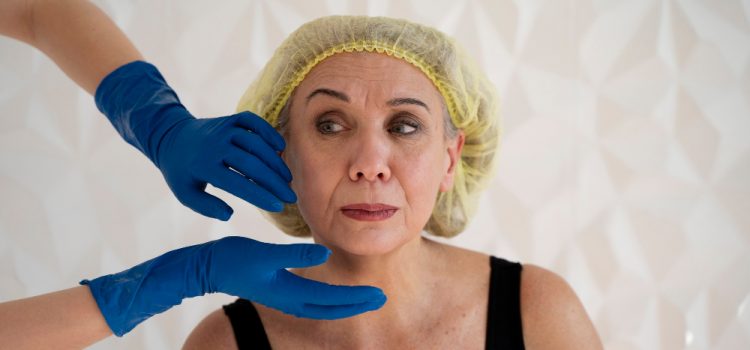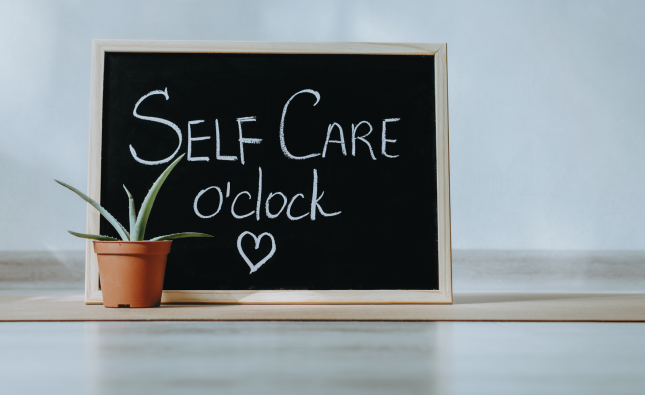
Plastic surgery has long been hailed as a pathway to achieving the ideal beauty standards that society often imposes. With the promise of transformation and enhanced appearances, many individuals willingly undergo various procedures in the hopes of attaining their desired aesthetic goals. However, there exists a dark and haunting reality: the devastating consequences of plastic surgery gone wrong, leaving individuals with permanent disfigurement and a lifetime of regret.
These beauty regrets serve as cautionary tales that challenge the notion that cosmetic procedures are always successful and life-enhancing. Behind the glossy brochures and enticing before-and-after images lies a world of risks and potential complications that can drastically alter lives forever.
Instances of plastic surgery leading to permanent disfigurement are not as rare as one might hope. From botched facelifts to faulty breast augmentations and ill-performed rhinoplasties, the list of procedures that can result in irreversible damage is extensive. The emotional and physical toll on the victims cannot be understated, as they grapple with the consequences of placing their trust and hopes in the hands of medical professionals.
The reasons behind these beauty regrets are multifaceted. In some cases, inexperienced or underqualified practitioners may lack the necessary skills to perform complex surgeries, leading to disastrous outcomes. Other times, even skilled surgeons can encounter unforeseen complications during the procedure, such as infections, excessive scarring, or tissue damage, which can leave lasting marks on the patient’s body and psyche.
The aftermath of a failed plastic surgery can be emotionally devastating. Individuals who once sought to improve their self-esteem and confidence find themselves burdened with the opposite effect—a constant reminder of their decision and the irreparable consequences it has brought. The emotional trauma endured by these individuals should not be underestimated, as they struggle to come to terms with their altered appearances and navigate the judgment and stigma often associated with visible disfigurement.
As journalists, it is our responsibility to raise awareness about the risks and potential pitfalls of plastic surgery. By sharing stories of those who have experienced beauty regrets firsthand, we shed light on the human side of this industry and the profound impact it can have on lives. It is essential to provide a platform for these individuals to voice their experiences, not only to seek justice but also to warn others and ensure that they make informed decisions when considering cosmetic procedures.
In doing so, we must also emphasize the need for stricter regulations and oversight within the plastic surgery industry. This includes comprehensive training and certification requirements for practitioners, regular assessments of clinics and facilities, and improved patient education about the potential risks and limitations of procedures. Only through such measures can we hope to protect individuals from the irreversible consequences of poorly performed surgeries.
Plastic surgery should be approached with caution and thorough consideration. While many individuals have successful outcomes and positive experiences, it is crucial to acknowledge and address the very real risks and regrets that exist within the realm of cosmetic procedures. By sharing the stories of those whose lives have been forever altered by permanent disfigurement, we contribute to a more informed and cautious approach to beauty enhancement.
Ultimately, the pursuit of beauty should not come at the expense of one’s well-being and self-esteem. It is our duty as journalists to champion the voices of those who have suffered the consequences of failed plastic surgeries, advocating for greater transparency, accountability, and patient safety within the industry.










